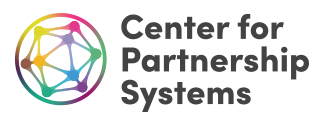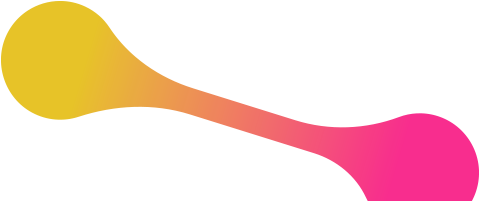October, 2018
By?Lara Drasin, Partnership Leader
 The major shift from privileging stereotypically masculine forms of power to more stereotypically feminine forms of power is exemplified by two major films that came out in the summer of 2017: the animated Disney film?Moana, and the blockbuster superhero film?Wonder Woman.
The major shift from privileging stereotypically masculine forms of power to more stereotypically feminine forms of power is exemplified by two major films that came out in the summer of 2017: the animated Disney film?Moana, and the blockbuster superhero film?Wonder Woman.
Moana?s ?shero?s? journey to adulthood is about finding her identity, but it is also about assuming her role as protector of her island. This necessitates a style of strength and power that is focused on collaboration, egalitarianism, cohesion and respect for every component of a social or biological ecosystem as contributive and elemental. Moana does not become a great leader through battle or her relationship with a man: she solves her people?s problems by listening, seeing and empathizing.
Moana (the word ?Moana? means ?ocean? in Hawaiian and Maori) does not seek power in the form of sovereignty. Instead, as the daughter of the chief, it will be her?duty?to accept sovereignty. For Moana, sovereignty doesn?t mean power over others: it means responsibility?to?them. This is the first explicit depiction of Disney princess sovereign power as a duty and not a spoil of marriage.
Moana?employs age-old symbolism representing womanhood and the Divine Feminine (water, spirals, conch shells) as well as subtly subversive character choices (an instrumental, beloved, respected crone-like grandmother/ancestor character) to demonstrate what coming into one?s womanhood and female power might look like in a society where feminine characteristics and ?yin? qualities are valued as much as male ?yang? energies. Just as she helps her people rediscover their true identities as voyagers who loved ? instead of feared ? the sea, Moana?s story helps remind us of a time when we knew other ways of life and power meant more than fear, hierarchy and brute force.
Patty Jenkins, as?Wonder Woman?s female director, presents the superhero drama visually through a?female?gaze, which had an enormous effect on which values were highlighted and promoted and how the characters were presented throughout the film.
Wonder Woman ? ?Diana? – is a superhero who represents alternate??- and arguably more feminine ? forms of power, but is supremely powerful and respected nonetheless. Every action she takes (violent ones included) is motivated by compassion, love and courage. In what is arguably the film?s most memorable scene, Jenkins creates a true ?superhero moment,? using slow-motion visuals, a soaring soundtrack and camera angles that look upward at Diana to make her seem larger than life and supremely powerful. Diana confidently marches forward through No-Man?s Land, catching one bullet, then the next, until she shields herself and attracts?all?of the machine gun fire so that the other soldiers can charge across No-Man?s Land and attack the Germans. Jenkins masterfully crafts this pivotal scene to challenge our conventional ideas about women and battle: yes, they were facing a No-Man?s Land ? it required a?woman?to cross it.
?You did it,? Steve, her love interest, says to her. ?We?did it,? she corrects him, embodying the egalitarian idea that it takes the collective to bring about big change, and no one person can do it all themselves. This is a departure from the typical individualistic message put forth in many hero films that one man can save everyone else.
In?Wonder Woman, the chalice saves the day: not the blade.
Just as in?Moana, Jenkins employs much divine feminine symbolism throughout the film. The spiral is ever-present on Diana?s home island, Themyscira. Most significantly, throughout the film Diana totes around a sword that was known on Themyscira as the ?god-killer,? thinking that she needed it in order to defeat the villain Ares. As it turns out, she did not need the phallic, violent sword in order to restore peace and harmony: all she needed was herself and her own inner strength and power. In?Wonder Woman, the chalice saves the day: not the blade.
Both?Moana?and?Wonder Woman?are blockbuster films that support ?feminine,? more collectivist forms of power ? such as compassion, emotional strength, empathy and self-possession ? over traditional, ?masculine,? more individualistic forms of power presented in hero films, such as brute strength, violence, sovereignty and ?leader of the pack? dominance over other characters. This matters, as the power of film is such that the stories we watch impact the way we see the world.
Lara Drasin is a Los Angeles-based strategist and advisor specializing in partnership communications. In February 2016, Lara founded PURSUIT, a consultancy focused on supporting socially conscious entertainment, media and education initiatives. This post was adapted from a graduate-level academic paper entitled?The Shero?s Journey: The Triumph of Female Power in Moana and Wonder Woman. You can read the original paper in full at?laradrasin.com/writing. laradrasin.com


[…] Autora: Lara Drasin, l?der en Participaci?n Solidaria. Fuente: Center of Partnership. […]